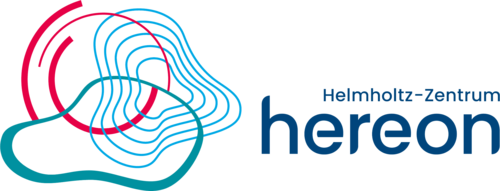Spitzenforschung für eine nachhaltige Zukunft: Das Hereon kombiniert exzellente Forschung mit modernster Technologie, um Umwelt- und Materialwissenschaften weiterzuentwickeln. Mit Data Science und KI treibt es innovative Konzepte voran, die zur Bewältigung globaler Herausforderungen beitragen.
Mit HIDAs Mobilitätsprogrammen können Data-Science-Talente am Hereon an der Erforschung nachhaltiger Strategien für Klimaresilienz, Küstenschutz und nachhaltiger Entwicklung mitwirken. Das Ziel: neue Materialien, Technologien und Konzepte für Mobilität, innovative Energiesysteme sowie den Schutz von Küsten- und Meeresumwelten entwickeln.
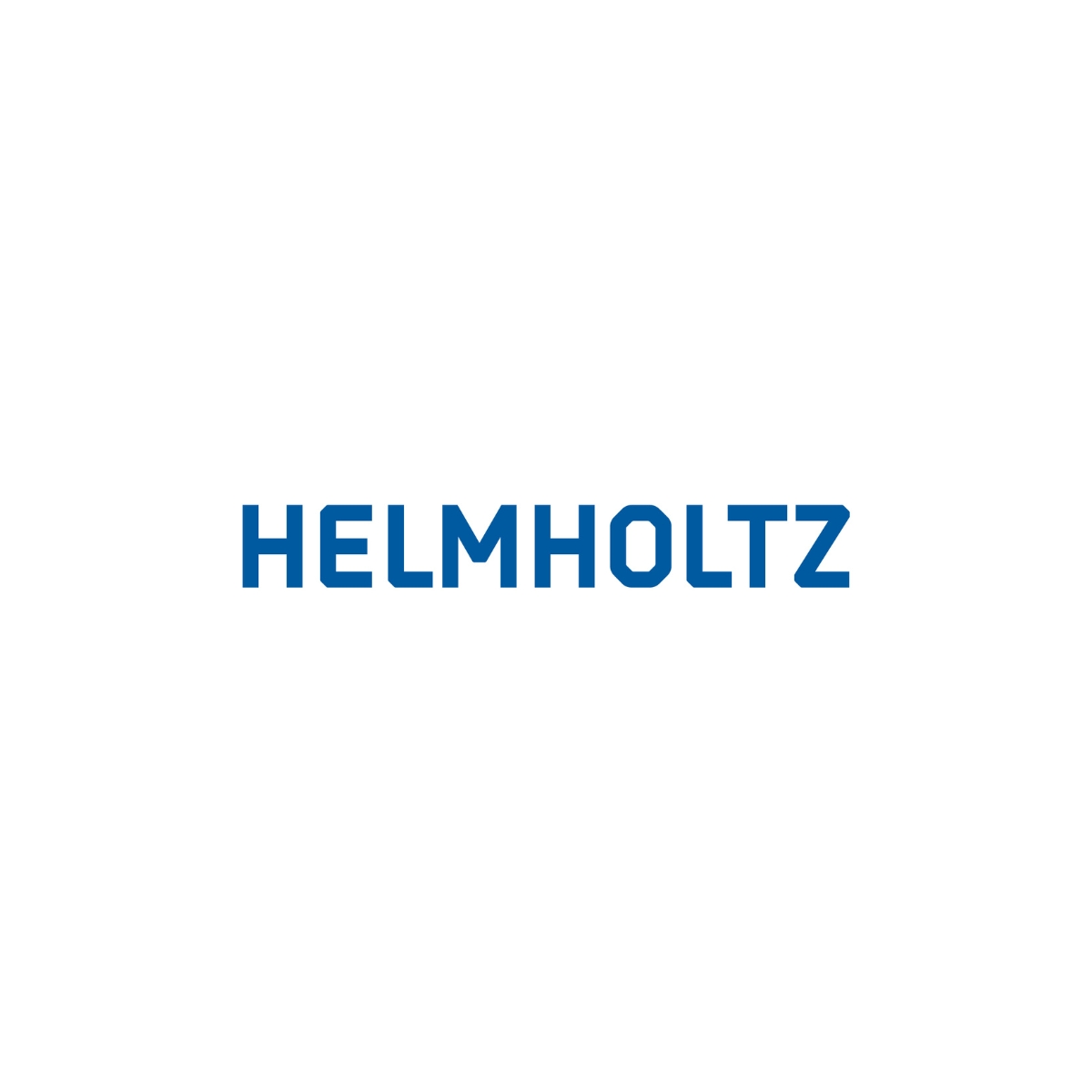
Über die Helmholtz-Gemeinschaft
Die Helmholtz-Gemeinschaft
Die Helmholtz-Gemeinschaft ist die größte Wissenschaftsorganisation Deutschlands. Unsere übergreifenden Forschungsprogramme verbinden die 18 Helmholtz-Zentren miteinander.
Jedes Zentrum verfügt über eigene wissenschaftliche Schwerpunkte und Infrastrukturen. Die Forschung ist thematisch in sechs strategische Bereiche gegliedert.
- Energie
- Erde und Umwelt
- Gesundheit
- Information
- Luftfahrt, Raumfahrt & Verkehr
- Materie
Das Helmholtz-Zentrum Hereon widmet sich der Erforschung nachhaltiger Strategien für Klimaresilienz, Küstenschutz und nachhaltige Entwicklung. Rund 1.000 Mitarbeitende entwickeln neue Materialien, Technologien und Konzepte für Mobilität, innovative Energiesysteme sowie den Schutz von Küsten- und Meeresumwelten. Durch die Kombination aus experimenteller Forschung, Modellierungen und Künstlicher Intelligenz entstehen praxisnahe Ansätze zur Bewältigung des Klimawandels. Mit Standorten in Geesthacht, Teltow und weiteren Außenstellen zählt das Hereon zu den führenden außeruniversitären Forschungseinrichtungen in Schleswig-Holstein.
Forschungsschwerpunkte:
- Hochleistungswerkstoffe für nachhaltige Technologien
- Umweltfreundliche Mobilitäts- und Energiesysteme
- Biomaterialien für die Medizin
- Klimawandel, Küstenschutz und Meeresforschung
- Digitale Zwillinge und simulationsgestützte Forschung

Die Standorte
Die Standorte des Hereon
- Geesthacht (Hauptstandort)
- Campus Teltow bei Berlin
- Außenstellen in Hamburg, Kiel, Berlin und Garching bei München
Kompetenzen des Hereon im Bereich Data Science und KI
Das Hereon nutzt Data Science und Künstliche Intelligenz, um komplexe Umwelt- und Materialforschungsfragen effizient zu analysieren und innovative Lösungen zu entwickeln. Durch den Einsatz digitaler Zwillinge, maschinellen Lernens und Big-Data-Analysen werden präzise Vorhersagemodelle erstellt und neue Werkstoffe sowie Umweltstrategien optimiert.
KI-gestützte Modelle helfen, Materialeigenschaften vorherzusagen, den Klimawandel besser zu verstehen und nachhaltige Energie- und Mobilitätslösungen zu entwickeln.
- Digitale Zwillinge für Material- und Umweltforschung
- KI-gestützte Simulationen für Küsten- und Klimaschutz
- Optimierung von Werkstoffen durch maschinelles Lernen
- Datenanalyse für nachhaltige Mobilitätslösungen
- Modellierung von Ozean- und Atmosphärendynamik
Rund 1.000 Beschäftigte erschaffen Wissen und Innovationen für mehr Resilienz und Nachhaltigkeit – zum Wohle von Klima, Küste und Mensch.
Bewerbung
Sie möchten am Hereon forschen und arbeiten? Dann bewerben Sie sich jetzt für das HIDA Mobility Program!
Kontaktieren Sie Ihren potenziellen Betreuer oder Ihre potenzielle Betreuerin bitte vorab per E-Mail, um ein Forschungsprojekt vorzuschlagen und zu besprechen. Reichen Sie erst nach dieser Klärung Ihre Bewerbung ein.
Weitere Informationen zu den Bewerbungsregularien finden Sie hier!
Hinweis für externe Bewerber:
Bei Fragen zu Bewerbungsformalitäten und organisatorischen Abläufen wenden Sie sich bitte direkt an Ihr Heimatinstitut.
Die Hosts am Hereon
Lernen Sie hier einige potentielle Gastgeberinnen und Gastgeber am Hereon kennen und erfahren sie mehr über deren jeweilige Data Science-Forschung.
Bitte beachten Sie: Die hier aufgeführte Liste zeigt lediglich eine Auswahl möglicher Gastgeber.
Darüber hinaus können Sie auch eigenständig potenzielle Hosts im Zentrum kontaktieren und mit ihnen eine Teilnahme am HIDA Mobility Program vereinbaren.
Wenn Sie Fragen haben, senden Sie bitte eine E-Mail an: hida@helmholtz.de
Sie möchten selbst gerne Helmholtz-Gastgeber werden und suchen nach Unterstützung für Ihr Forschungsprojekt? Dann wenden Sie sich ebenfalls an die oben genannte E-Mail Adresse.
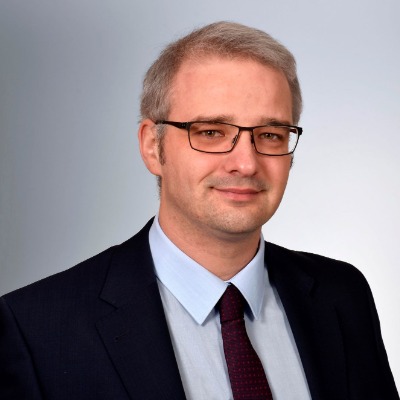
Paul Jerabek
Hydrogen Technology
Ansprechpartner

Short summary of your group's research: We perform state-of-the-art multi-scale simulations of hydrogen storage materials, e.g. interstitial metal hydrides or complex hydride systems. For that, we develop digital workflows bridging the atomistic scale with the mesocopic regime by coupling accurate ab-initio calculations with thermodynamic modeling and phase-field simulations. Our set out goal is to be able to understand and accurately predict materials properties as independently from experimental input as possible.
What infrastructure, programs and tools are used in your group? We have access to Hereon's own HPC cluster (more than 160 nodes with 48 CPUs/node) that we utilize for running various molecular and periodic quantum chemical program packages (VASP, QuantumEspresso, CASTEP, ORCA, Gaussian etc.)
Furthermore, we use open-source software to perform thermodynamic modeling (OpenCALPHAD) and phase-field simulations (FiPy, MOOSE).
What could a participant of the HIDA Trainee Network learn in your group? How could he or she support you in your group?
What you can learn in our group:
- You will be able to gain or deepen your understanding in quantum chemical methods like DFT or AIMD for structural optimization, calculation of reaction energies and pathways and prediction of spectroscopic properties
- You will learn how to perform thermodynamic modeling to predict phase diagrams for multi-component systems via an ab-initio assissted CALPHAD methodology
- You can be trained in utilizing phase-field simulations for prediction of microstructure evolution and kinetic properties of materials on the mesoscale
How you can support us:
- You can complement our team by working with our established methodologies on your own project on the topic of hydrogen storage materials
- You can help with automatizing and streamlining some of our scale-bridging, digital workflows
- You can kickstart our planned activities for utilizing machine-learning techniques for some of our computational methods
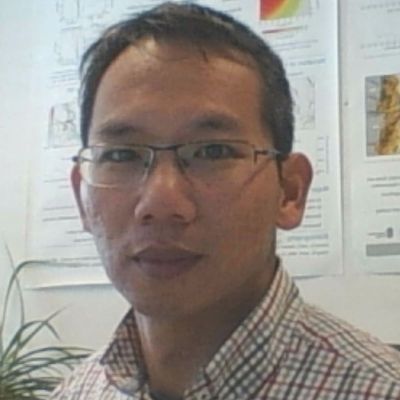
Wenyan Zhang
Sediment Transport and Morphodynamics
Ansprechpartner

Short summary of your group's research: Continental margins are constantly changing their shape through erosion and sediment deposition. In terms of climate protection and sustainable coastal development, the “Sediment Transport and Morphodynamics” department studies in detail the interactions between morphodynamics, ecosystem functions and biogeochemistry. We apply process-based models combined with artificial intelligence to investigate particle transport, coastline change, morphodynamics and their role in ecosystem functioning.
What infrastructure, programs and tools are used in your group? We develop and apply numerical models (physics-biology-biogeochemistry coupled) with parameterizations optimized by data-driven approaches. The models include SCHISM, ROMS and Delft3D.
What could a participant of the HIDA Trainee Network learn in your group? How could he or she support you in your group? We provide guidance to learn hybrid modeling combining process-based models and data-driven optimization. We hope the guest research could bring the expertise in artificial intelligence with application to remote sensing data (especially satellite images) and causal linkage identification from multivariate datasets.
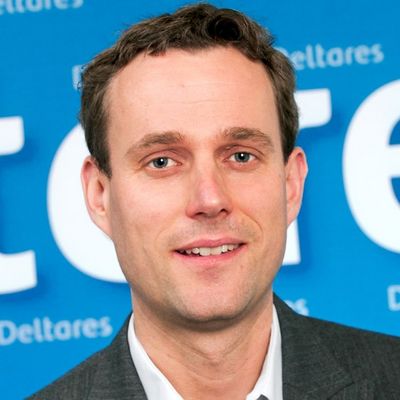
Laurens Bouwer
Climate Services for Adaptation
Ansprechpartner

Three-sentence summary of your group's research: The interdisciplinary team at GERICS develops scientifically based prototype products and services to support decision-makers in politics, business and public administration in adapting to climate change. We are located in the historic "Chilehaus" in the centre of Hamburg. Specifically, my group develops applications in the field of water resources (water supply, flooding), as well as socio-economic impacts, such as damages and health impacts.
What infrastructure, programs and tools are used in your group? We operate our own regional climate model REMO, and participate in the WCRP EURO-CORDEX network. In addition, we develop state of the art tools for pre- and post-processing of climate and other environmental data.
What could a guest researcher learn in your group? How could he or she support you in your group? We use data science methods and machine learning for improving simulations as well as visualistion of our results. Example applications are the application of ML for data post-processing of weather and climate predictions (Link), impact models for flood damage assessment (Link), and health impact modelling (Link). We are also open to accept novel ideas and proposals of other applications of data science methods, that fit the goals of GERICS and our product portfolio.


